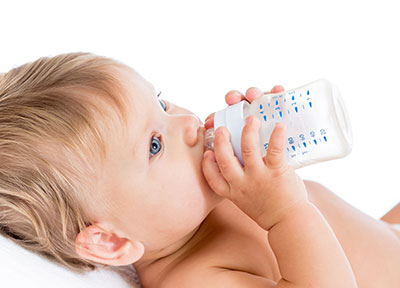
Tooth decay occurs from sugar being exposed to the teeth, or being stuck to the tooth or around teeth. Bottles that contain anything but water have the potential to cause decay in baby teeth. The most commonly affected teeth from bottles are the upper front teeth, but sometimes it can also affect the lower front teeth and the back teeth. It can be challenging to see when cavities begin forming, but when they are more advanced, the teeth start turning brown and chipping.
Avoid Doing These Things
- Dipping pacifiers in anything containing sugar (syrup, honey, juice)
- Putting juice or sugar water into a bottle
- Putting your baby to bed with a bottle containing anything but water (even milk has natural sugars that can cause cavities)
- Not wiping/brushing your baby’s teeth after a bottle of milk



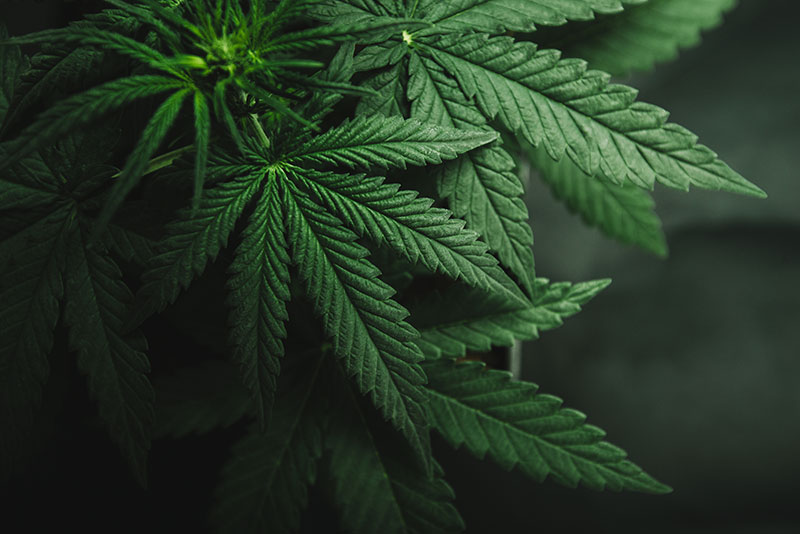


 Similar to the doctor’s office, most people do not look forward to going to the dentist’s office too. However, the reasons for avoiding the dental office can be due to extreme fear or anxiety. Some patients may nervously schedule their dental appointment and show up at the dentist. However, there are some patients who flat our refuse to see the dentist. It is estimated that between 10 to 15% of North Americans avoid seeing their dental due to fear. There is no need to feel worried, ashamed, or guilty during your dental visit. Dental professionals are trained to make dental appointments as comfortable and stress-free as possible. Keep these tips in mind to help you to manage your dental anxiety.
Similar to the doctor’s office, most people do not look forward to going to the dentist’s office too. However, the reasons for avoiding the dental office can be due to extreme fear or anxiety. Some patients may nervously schedule their dental appointment and show up at the dentist. However, there are some patients who flat our refuse to see the dentist. It is estimated that between 10 to 15% of North Americans avoid seeing their dental due to fear. There is no need to feel worried, ashamed, or guilty during your dental visit. Dental professionals are trained to make dental appointments as comfortable and stress-free as possible. Keep these tips in mind to help you to manage your dental anxiety.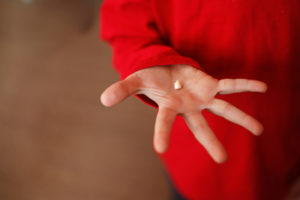 Having congenitally missing teeth is also called hypodontia. Hypodontia is a condition where at least one tooth is naturally missing in the mouth. Estimates show that around 20% of people are missing one or more of their wisdom teeth. Approximately 5% of individuals lack one or more of their premolars or teeth near the front teeth. Congenitally missing teeth is a genetic trait that is inherited. Some environmental factors may also play a role. In some cases, teeth may develop with a misshapen look if they develop.
Having congenitally missing teeth is also called hypodontia. Hypodontia is a condition where at least one tooth is naturally missing in the mouth. Estimates show that around 20% of people are missing one or more of their wisdom teeth. Approximately 5% of individuals lack one or more of their premolars or teeth near the front teeth. Congenitally missing teeth is a genetic trait that is inherited. Some environmental factors may also play a role. In some cases, teeth may develop with a misshapen look if they develop.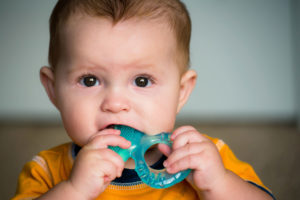 Teething describes the eruption of baby teeth, also called primary teeth, pushing through the gums into the mouth. Teething generally starts at around 6 to 7 months of age, but there can be variations. Some babies may have their first teeth in as early as three months, or after twelve months. The symptoms of teething can occur up to two or three months before the teeth actually appear in the mouth. Your child will have all twenty of their primary or baby teeth by the age of three.
Teething describes the eruption of baby teeth, also called primary teeth, pushing through the gums into the mouth. Teething generally starts at around 6 to 7 months of age, but there can be variations. Some babies may have their first teeth in as early as three months, or after twelve months. The symptoms of teething can occur up to two or three months before the teeth actually appear in the mouth. Your child will have all twenty of their primary or baby teeth by the age of three.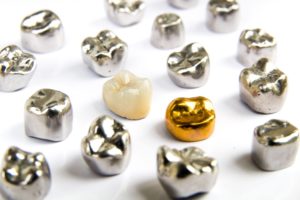 Crown lengthening is a common dental procedure that is used to improve or change a person’s smile by exposing more of the tooth through the removal of excess gum tissue. It involves the removal of gum tissue in most cases. In other cases, the removal of bone and or gum tissue may be involved as well. It may also be used to place a dental restoration on some teeth.
Crown lengthening is a common dental procedure that is used to improve or change a person’s smile by exposing more of the tooth through the removal of excess gum tissue. It involves the removal of gum tissue in most cases. In other cases, the removal of bone and or gum tissue may be involved as well. It may also be used to place a dental restoration on some teeth.